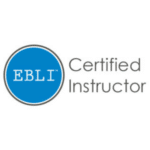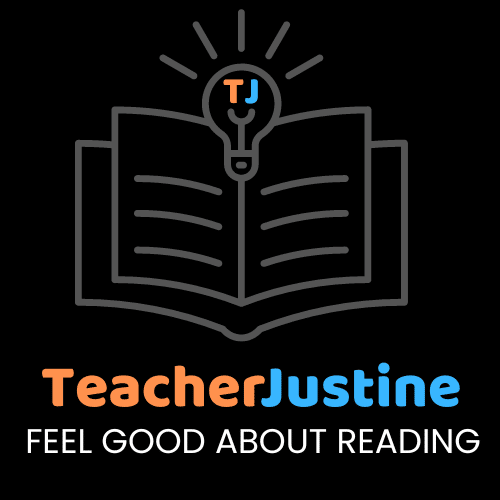Frequently Asked Questions
Below you find the answers I get most about online tutoring in general and how it works with EBLI.
What reading tutoring method do you use?
I tutor Reading, Spelling, Writing, and Handwriting using the EBLI (Evidenced-Based Literacy Instruction) system. EBLI is based on Linguistic Phonics or Structured Linguistic Literacy research and practice. Read more about my courses here.
Are you a Certified EBLI Instructor?

Yes, I am a Certified EBLI Instructor. I got my certification in March 2024. I have taken many students through all 140 activities in all 3 tracks.
How long have you taught EBLI?
I have been using EBLI and the Structured Linguistic Literacy approach in my private tutoring since early 2023.
What other reading tutoring methods have you used?
Before I switched to EBLI, I used a Structured Literacy program called SIPPS. I have also used IMSE, an Orton-Gillingham Structured Literacy program.
How does online reading tutoring work?
Follow these simple these steps:
1. Schedule a Free Assessment with me.
2. I will talk to you and then listen to your child as they perform some diagnostic reading pre-assessments.
3. After the assessments, I will talk with you again and let you know what I am noticing and how I can help.
4. We will look at the calendar and find a time that works.
5. I will send you my registration link. Once that is completed, I will put your child on the calendar and send you the link to my online classroom.
6. I will meet with your child weekly.
7. Every 8-12 weeks I will I will do progress monitoring assessments and share the results with you.
Do you ever do in-person tutoring?
Yes, I do in-person tutoring if desired and you are local to me. We meet at the Lafayette Public Library on Saturdays.
How long will my child need EBLI tutoring?
How long your child will need tutoring depends on the child, the length of the sessions, and the frequency of the sessions. I keep a quick pace and try to do 6-8 activities per session. At this pace, reading remediation could take as little as 18 sessions.
What tools do I need for EBLI online tutoring?
You will need a 12″x18″ whiteboard and dry erase markers and a desktop computer or laptop. For best results, you should get a document camera so that I can see the student’s board as they write.
How long are online reading tutoring sessions?
Tutoring sessions are 50 minutes once a week. I also do 30 minute sessions twice a week.
What are your tutoring rates?
My current tutoring rates are $85 per 50-minute session or $50 per 30-minute session.
Why do you teach online?
Teaching online is very convenient for me, the students, and the families. Teaching online is also fun because we can supplement lessons with content related videos and games.
Do you work with students with dyslexia?
Yes, I work with all kinds of students including neurotypical, neurodivergent, and dyslexic (diagnosed or not). To learn to read, the brain has to learn to look at letters and words and hear sounds and attach this to meaning. This process happens quicker for some people and takes longer to build up for others, but all skilled readers read words left to right and are hearing sounds as they scan the text.
Do you tutor any other subjects?
Yes, we can talk about this when you contact me.
What makes you different?
What makes me different is my secret sauce. My secret sauce is my ability to connect to your child and make them feel relaxed and happy. I keep a quick pace to keep them engaged and learning but I am also sensitive to their energy levels and moods. I incorporate movement as needed and rewards.
